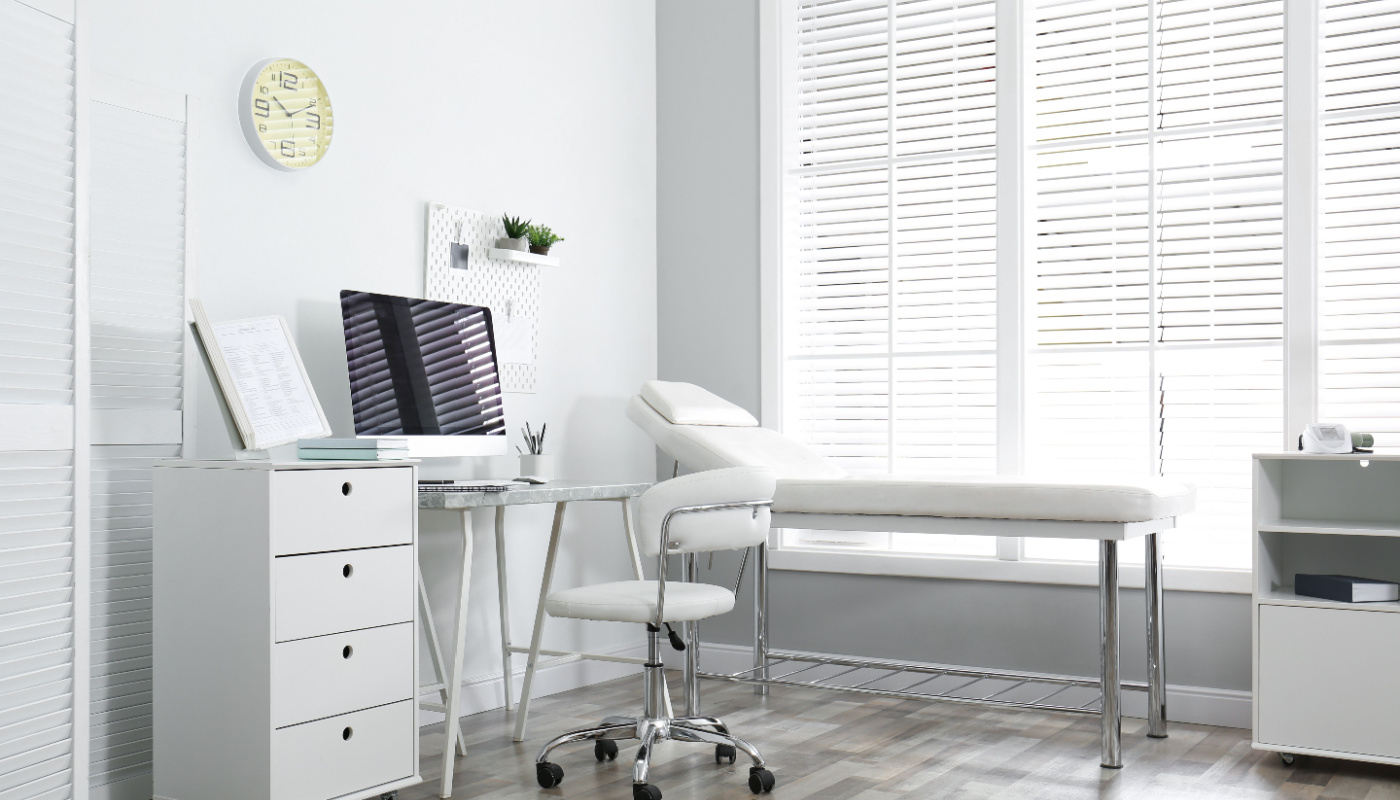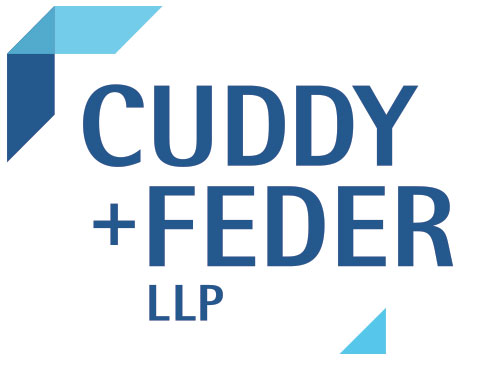
We are all familiar with the negative impact COVID-19 has had on office leasing. However, a silver lining emerges as some landlords explore innovative ways to repurpose vacant office spaces for medical use. In the quest for the right tenant and space, landlords find an opportunity to not only fill vacancies but also command higher rents for spaces in high demand.
Yet, the transition to leasing space for medical use presents its own set of challenges, demanding careful navigation by both landlords and tenants.
Navigating the complexities of leasing for medical use often includes a significant challenge: obtaining a Certificate of Need (CON) from the New York State Department of Health (DOH). Without a CON, the medical-use tenant is legally restricted from providing specific medical services in the new premises. Consequently, the tenant typically seeks a lease contingent upon securing the CON. However, this process entails a considerable amount of time and money. Landlords may find themselves bound by a contingent lease for several months, and in some cases, up to a year or more. Balancing the tenant’s reluctance to pay rent during this period with the landlord’s desire to initiate rent collection sooner demands skillful negotiation and compromise. Crafting a lease structure that accommodates both parties in terms of rent and timing becomes essential in navigating this intricate situation.
The situation becomes even more complex if the landlord assumes responsibility for constructing the space for the tenant, giving rise to a classic “chicken-and-the-egg” predicament. The issuance of a Certificate of Need (CON) by the Department of Health (DOH) is contingent upon the approval of final construction drawings for the new premises. Consequently, the tenant relies on these drawings to satisfy the CON contingency. However, obtaining a building permit is another hurdle, requiring the same set of construction drawings. This sets up a dilemma for the landlord, who needs these drawings to fulfill their obligation of building the space for the tenant. Adding to the complexity is the cost associated with these construction drawings. The question of who bears this expense becomes a pivotal issue, with both landlord and tenant presenting valid reasons for the other to cover it. To navigate this intricate web of challenges, the involved parties must enlist the support of an experienced legal team. Their guidance is indispensable in negotiating and devising solutions that cater to the interests of both sides.
Thomai (Amy) Natsoulis, partner at Cuddy & Feder LLP, has assisted both landlords and tenants in successfully resolving the issues that frequently arise in negotiating leases for medical space, including the above, in order to successfully and efficiently get to the point where the parties can execute a lease of space for medical use. Should you have any questions or need guidance on your leasing needs, our team is here to help.

